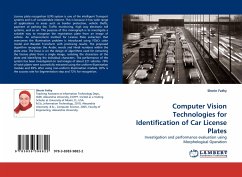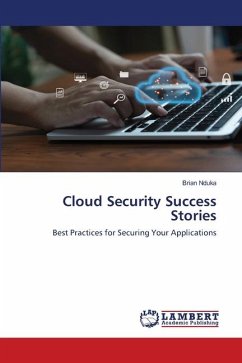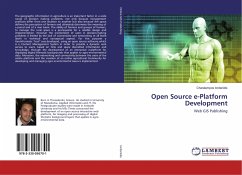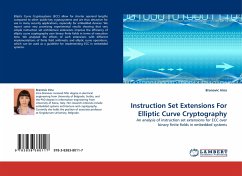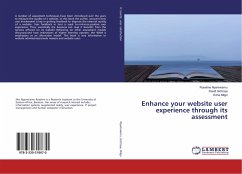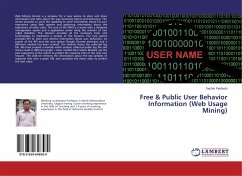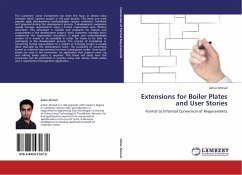
Extensions for Boiler Plates and User Stories
Formal to Informal Conversion of Requirements
Versandkostenfrei!
Versandfertig in 6-10 Tagen
39,99 €
inkl. MwSt.

PAYBACK Punkte
20 °P sammeln!
The customers active involvement has been the focus in almost every software devel- opment project in the past decade. The latest and most popular agile developments methodologies require customers feedback and approval during the development process. T-development companies usually manage requirements using a formal requirement spec- cation document. This document is created and prepared for experts and programmers n the development project. Since customers normally don t understand the requirement document, a simple and understandable version of it needs to be provided in order for them to b...
The customers active involvement has been the focus in almost every software devel- opment project in the past decade. The latest and most popular agile developments methodologies require customers feedback and approval during the development process. T-development companies usually manage requirements using a formal requirement spec- cation document. This document is created and prepared for experts and programmers n the development project. Since customers normally don t understand the requirement document, a simple and understandable version of it needs to be provided in order for them to be able to participate in the development process. The process of translating or converting formal requirements to a simpler or informal version is usually done manually by the development team. The possibility of converting formal to informal requirements has been investigated earlier. Since boiler plates are used in the conversion, an application that support creat- ng and editing boiler plates is required. This thesis will study how this conversion can be performed in practice using user stories, boiler plates and a requirement management application.




